Essays
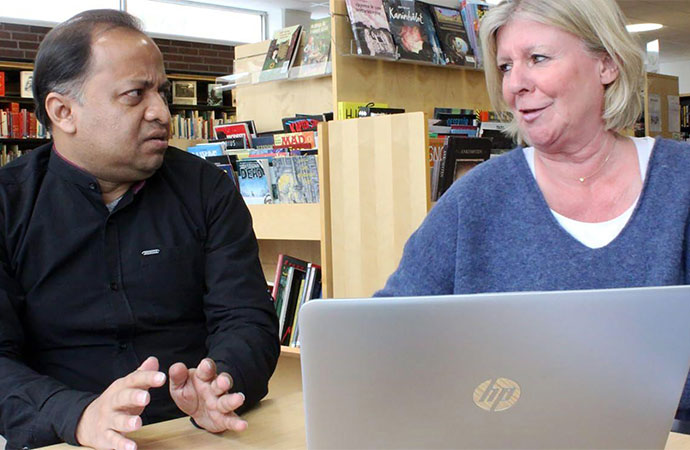
Dhaka Courier's long-term cultural correspondent, Takir Hossain (TH), got a chance to explore the vibrant city of Stromstad in Sweden, as part of a two-week residency programme in June. He was invited by AIR Litteratur Vsstra Gotaland, a Swedish cultural organisation based in the city. While there, he was interviewed by Gunilla Sandin (GS), a former project leader at the organisation, for their own publication.
We reproduce it in full:
Takir Hossain has been writing on contemporary Bangladeshi art and culture for a long time. His keen interests are on art and literature. As an art critic, his criticisms have been incorporated in many reputed artists' books, brochures, national and international art journals as well as many other varied forms of creative publication. On many occasions, the critic has presented keynote papers for national and international seminars. He has also graced the position of a jury member in a number of art competitions and carnivals. In his vibrant career he has covered several international exhibitions held in different countries across Europe and Asia.
GS: Have you ever been involved with galleries or museums? If so, in what role?
TH: Indeed, I have partnered with multiple galleries, organizing exhibitions and composing critical essays that enhanced public interaction with contemporary artists. By collaborating closely with museum curators, I have assisted in contextualizing collections through public discussions and contributions to catalogs, which frequently initiated new dialogues regarding the artworks. One project that I take pride in involved a local gallery, where my reviews played a significant role in boosting visitor attendance and enhancing the visibility of artists.
GS: Could you provide an instance in which you were required to justify your critique to an artist or an audience?
TH: After attending an exhibition of an emerging artist, I found that some attendees questioned my viewpoint. I responded with composure, detailing the rationale for my opinions while citing particular techniques and their historical significance. I remained receptive to their perspectives, which fostered a meaningful conversation instead of a dispute. This experience underscored the significance of engaging in a sincere and respectful manner when faced with differing opinions-such dialogue is essential for the flourishing of art.
GS: Could you provide an overview of your background in art history or any related disciplines?
TH: I pursued a degree in English Literature at university, concentrating on modern and contemporary literary works, which provided me with a solid foundation. Additionally, I have authored reviews for local galleries and participated in online art forums, enhancing my critical perspective. Having been raised in a community that values visual arts, I cultivated an intuition for interpreting how art communicates with diverse audiences, which I incorporate into my critiques with both context and empathy.
GS: Could you elaborate on an occasion when you were required to deliver your critique in a public forum?
TH: At a recent opening of a local gallery, I was asked to express my opinions on a new contemporary exhibition. My goal was to engage with the audience by emphasizing significant themes while ensuring they were not inundated with information. Following my presentation, an animated discussion ensued, during which I encouraged inquiries and diverse perspectives, enhancing the experience for all participants. It was gratifying to witness art igniting dialogue in real time.
GS: Could you share instances of publications or platforms that have showcased your work?
TH: My critiques have been featured in numerous esteemed publications in Bangladesh. Additionally, I have written essays for gallery catalogues and curated material for online platforms. These experiences have enabled me to connect with a variety of audiences and hone my skills as an art critic, a pursuit I consider both demanding and fulfilling.
GS: What techniques do you employ to guarantee that your critiques remain impartial and just?
TH: In my criticism of art, I prioritise comprehending the artist's intention and the context surrounding the artwork. I strive to balance my subjective impressions with recognised artistic principles, ensuring that my opinions remain free from bias. For instance, when evaluating a contemporary piece, I make it a point to take into account its cultural context, which enables me to provide a fair and considered perspective instead of a hasty judgment.
GS: What ethical factors do you consider when composing a critique?
TH: In composing a critique, I prioritise fairness and balance, steering clear of personal biases that may obscure my judgment. Recognising the artist's intention and the cultural context surrounding the work is essential. Additionally, I endeavor to articulate my points clearly to ensure that readers grasp the reasoning behind my conclusions. For instance, if a piece contests conventional norms, I will investigate the reasons for this challenge instead of rejecting it outright.
GS: How do you manage circumstances in which your personal beliefs clash with your professional duties?
TH: In circumstances where my personal opinions diverge from my professional responsibilities, I prioritise maintaining fairness and an open mind, acknowledging the importance of diverse cultural expressions. For instance, when evaluating a work that falls outside my typical preferences, I take into account its context and purpose prior to developing a judgment. It is crucial to articulate my critique in a clear and respectful manner, making certain that my personal sentiments do not eclipse the artwork's importance or the artist's intent.
GS: What is your method for analyzing a new artwork?
TH: Upon encountering a new piece of art, I initially dedicate time to fully appreciate its intricacies-such as colour, form, and technique-before reflecting on the artist's background and the cultural context it embodies. I enjoy linking my observations to broader themes or movements, which frequently provides fresh perspectives. Subsequently, I concentrate on articulating these insights effectively, whether through writing or discussion, ensuring that the concepts resonate with a wider audience beyond mere specialists.
GS: How do you reconcile personal preferences with professional evaluations?
TH: Striking a balance between personal taste and professional critique involves valuing art for what it is while also acknowledging my individual preferences. For instance, I may have a preference for abstract art; however, when evaluating a classical work, I concentrate on its context, technique, and influence rather than my personal enjoyment. This approach emphasizes honoring the artist's intention and the audience's experience in conjunction with my viewpoint, ensuring that the critique remains equitable and perceptive without allowing personal bias to dominate.
Gunilla Sandin is the head of Stromstad Library and a former project leader of AIR Litteratur Vsstra Gotaland. She had also served as Head of Programme at Gothenburg Book Fair.
The writer is an art critic and cultural curator.






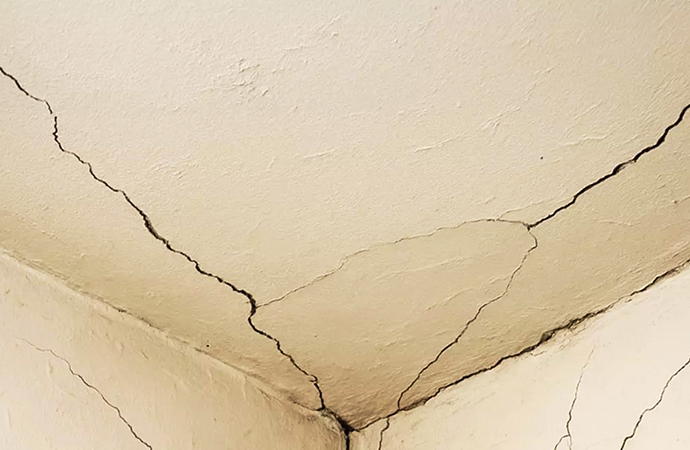

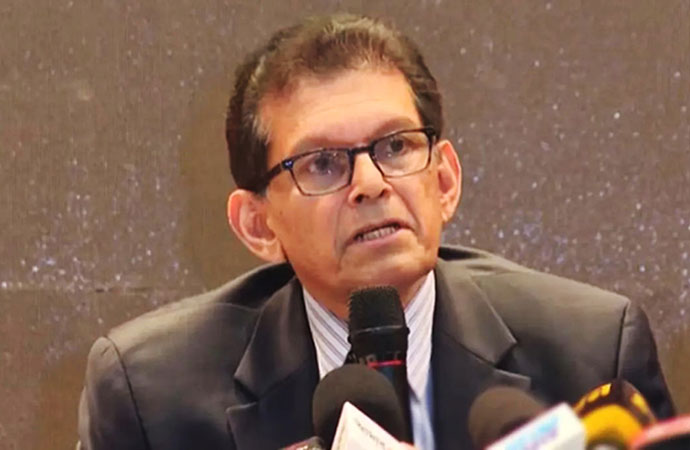
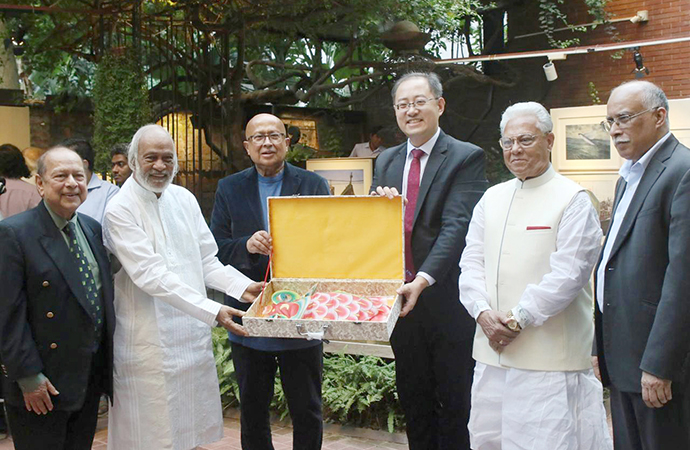
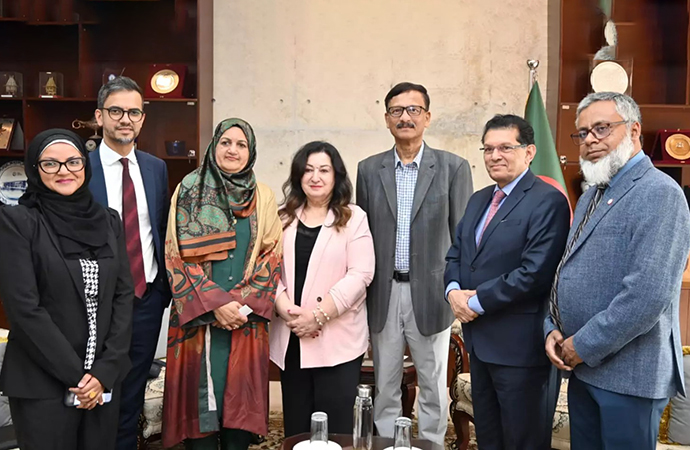

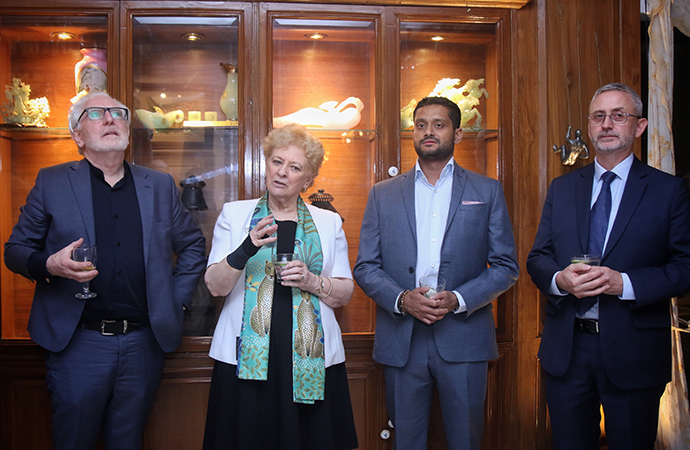
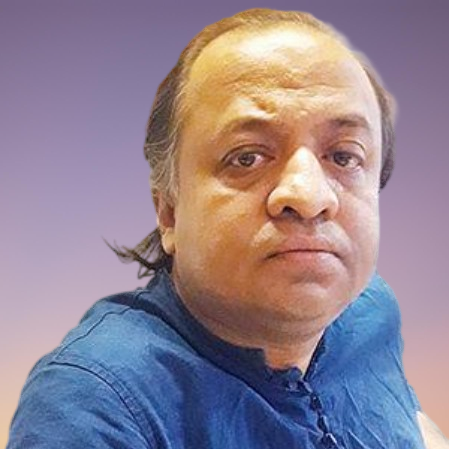






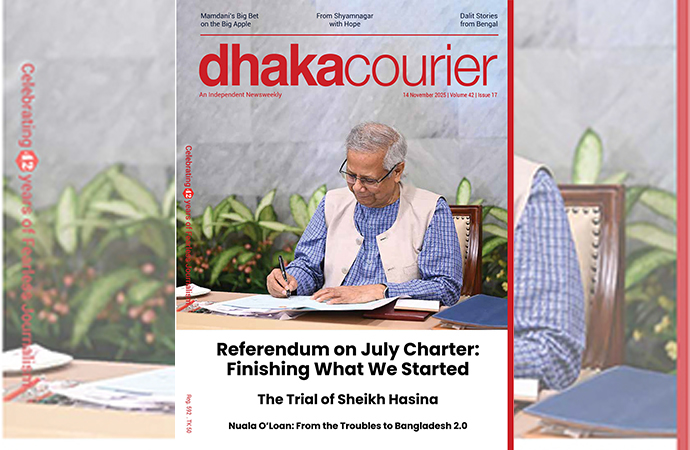
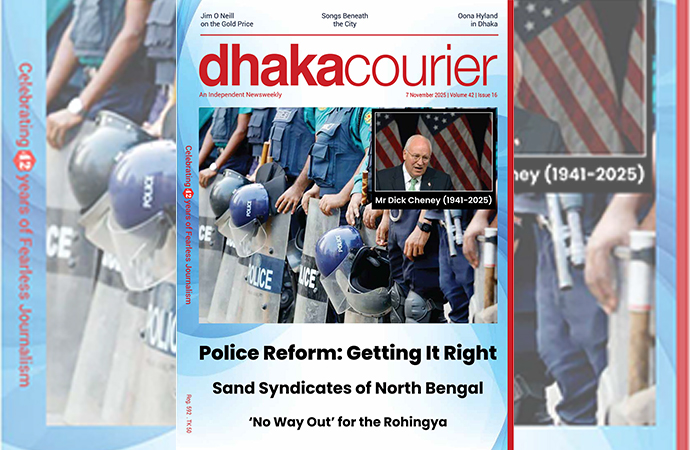
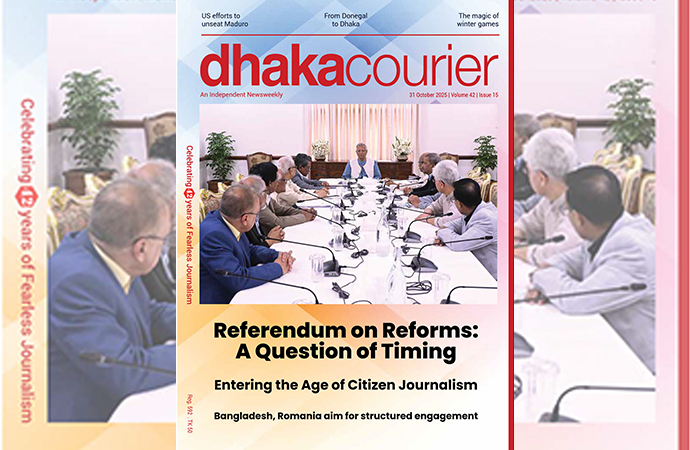
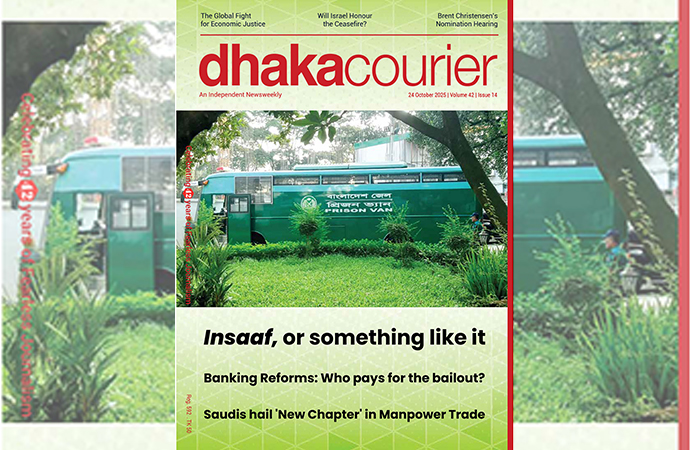
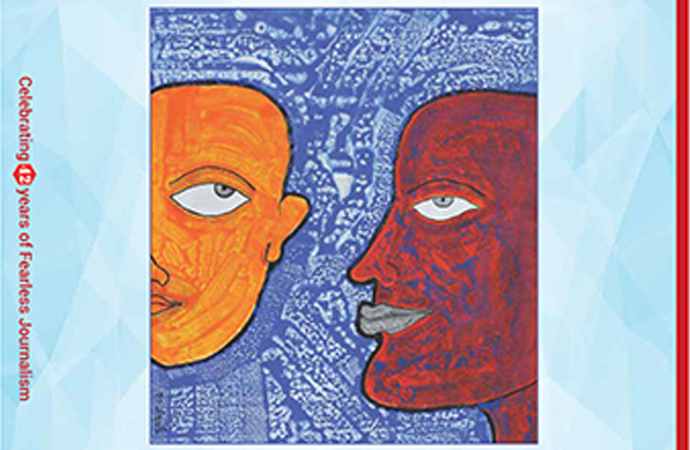
Leave a Comment
Recent Posts
The forensic clean up of the f ...
Much of the coverage centring the surge in Non Performing Loans (NPLs) ...
Hong Kong’s deadliest fire in ...
Hong Kong’s deadliest fire in decades left at least 44 people de ...
False document submission hurts genuine students’ ch ..
The Missing Ingredients for Peace in Palestine
Songs of Hyacinth Boats & Hands: Reading Conversatio ..
Executive Editor Julie Pace on why AP is standing fo ..